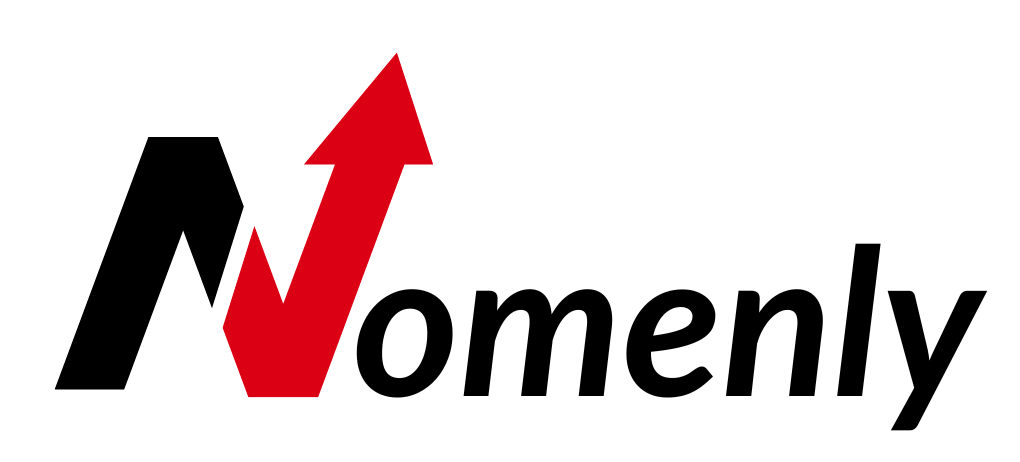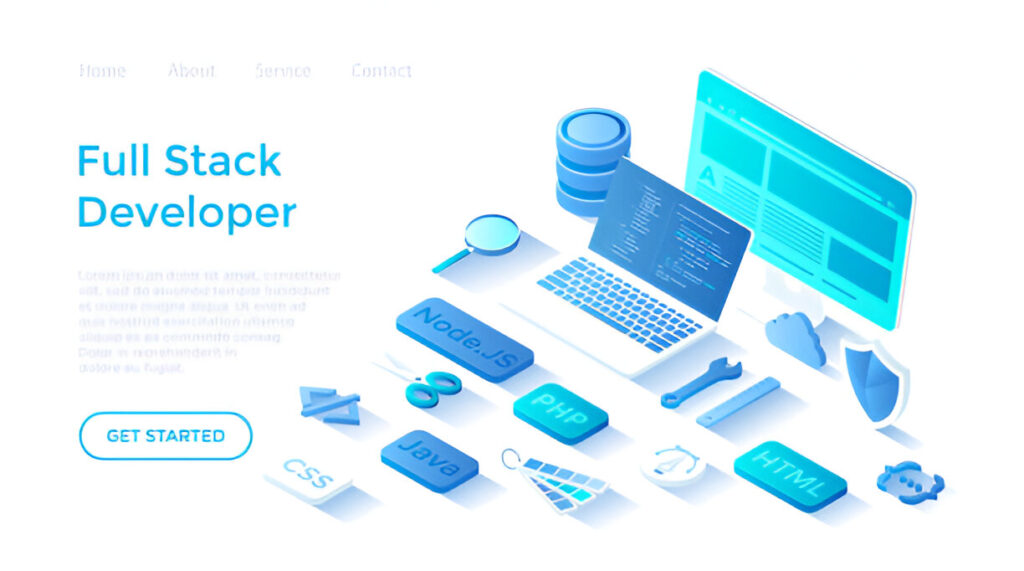The world of web design is constantly evolving, driven by new technologies, user preferences, and design trends. Whether you are creating a site from scratch or revamping an existing one, staying up-to-date on the latest techniques can greatly enhance the user experience. Below are some key techniques in modern web design that can help you build a successful website.
1. Mobile-First Design
With more users accessing websites via mobile devices than desktops, designing with mobile users in mind is essential. A mobile-first design ensures that your site functions perfectly on smaller screens and provides a seamless experience regardless of the device.
Key elements of mobile-first design:
- Responsive layouts that adjust to different screen sizes
- Easy navigation with mobile-friendly menus and buttons
- Optimized images and videos for fast loading on mobile networks
2. Minimalistic Design
Simplicity is the essence of minimalism. By reducing clutter and focusing on essential elements, a minimalistic design creates a clean and user-friendly interface. This approach is favored for its ability to make websites faster and easier to navigate.
Minimalistic design tips:
- Use ample white space to draw attention to key content
- Limit the use of colors and fonts to create a cohesive look
- Prioritize content hierarchy to guide users to important information
3. Fast Loading Speeds
In the fast-paced digital world, users expect websites to load quickly. A slow-loading website can frustrate visitors and increase bounce rates. Speed optimization techniques ensure that your site loads within seconds, improving both user experience and SEO rankings.
Techniques to improve site speed:
- Compress images to reduce file size without compromising quality
- Use content delivery networks (CDNs) to deliver content faster
- Minimize the use of heavy scripts and unnecessary plugins
4. Intuitive Navigation
An easy-to-navigate website helps users find what they’re looking for quickly, enhancing their overall experience. Well-organized navigation makes your site more accessible and user-friendly, reducing the likelihood of users leaving in frustration.
Best practices for intuitive navigation:
- Implement clear menu structures that are easy to understand
- Use breadcrumbs to help users track their location on the site
- Include a search function for quick access to content
5. Bold Typography
Typography plays a significant role in web design by communicating your brand’s message and making the website more visually appealing. Bold, large fonts are becoming increasingly popular as they create strong visual impact and improve readability.
Tips for using bold typography:
- Choose legible fonts that match your brand’s tone
- Use contrasting colors to make text stand out against the background
- Avoid overusing bold text; reserve it for headlines and important information
6. Micro-Interactions
Micro-interactions are small animations or effects that occur when users interact with the site, such as hovering over a button or submitting a form. These subtle design elements enhance the user experience and provide feedback, making the site feel more dynamic and engaging.
How to incorporate micro-interactions:
- Use hover effects to indicate clickable elements
- Add loading animations when users are waiting for content to load
- Include transitions between pages for a smoother user experience
7. High-Quality Visuals
Visual elements such as images, videos, and graphics are essential in capturing users’ attention and conveying your message effectively. High-quality visuals make your website more attractive and engaging, improving user retention.
Tips for using visuals in web design:
- Ensure images are high resolution and relevant to the content
- Use video backgrounds sparingly to add depth without slowing down the site
- Include illustrations and icons to simplify complex ideas and guide users
8. Dark Mode
Dark mode has become increasingly popular due to its aesthetic appeal and potential to reduce eye strain. By offering both light and dark modes, websites can cater to different user preferences and improve the overall user experience.
Benefits of dark mode:
- Reduces eye strain, especially in low-light environments
- Saves battery life on mobile devices with OLED screens
- Creates a modern, sleek design that appeals to tech-savvy users
9. Custom Illustrations
Custom illustrations are a creative way to make your website stand out from competitors. Unlike stock photos, illustrations can be tailored to your brand’s personality and message, offering a unique visual experience.
Why use custom illustrations:
- They add personality and character to your site
- Help convey complex ideas in a simple and engaging way
- Differentiate your website from competitors that use generic stock photos
10. Accessibility
Web accessibility ensures that your website is usable by people of all abilities and disabilities. Incorporating accessibility into your design expands your audience and demonstrates a commitment to inclusivity.
Key accessibility features:
- Use alt text for images so screen readers can describe them to visually impaired users
- Ensure keyboard navigability for users who cannot use a mouse
- Provide captions and transcripts for video and audio content
Conclusion
Incorporating these modern web design techniques can significantly improve user experience, boost engagement, and enhance the overall effectiveness of your website. By focusing on mobile-first design, fast loading speeds, and intuitive navigation, alongside creative touches like bold typography, micro-interactions, and custom visuals, your website can stand out in an increasingly crowded digital landscape.



